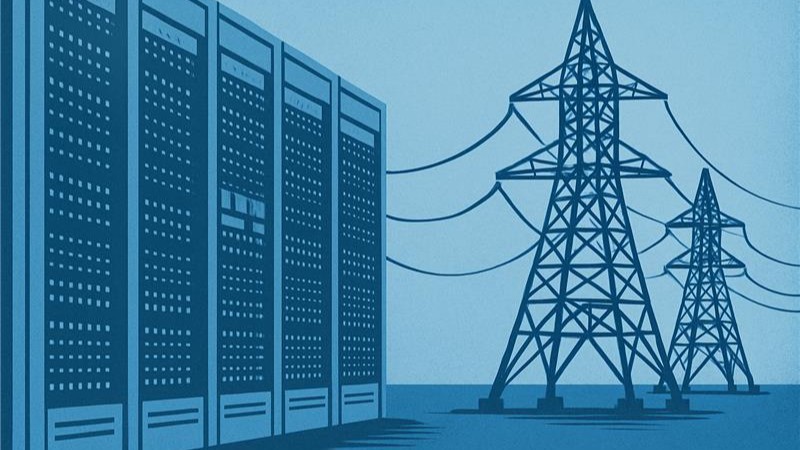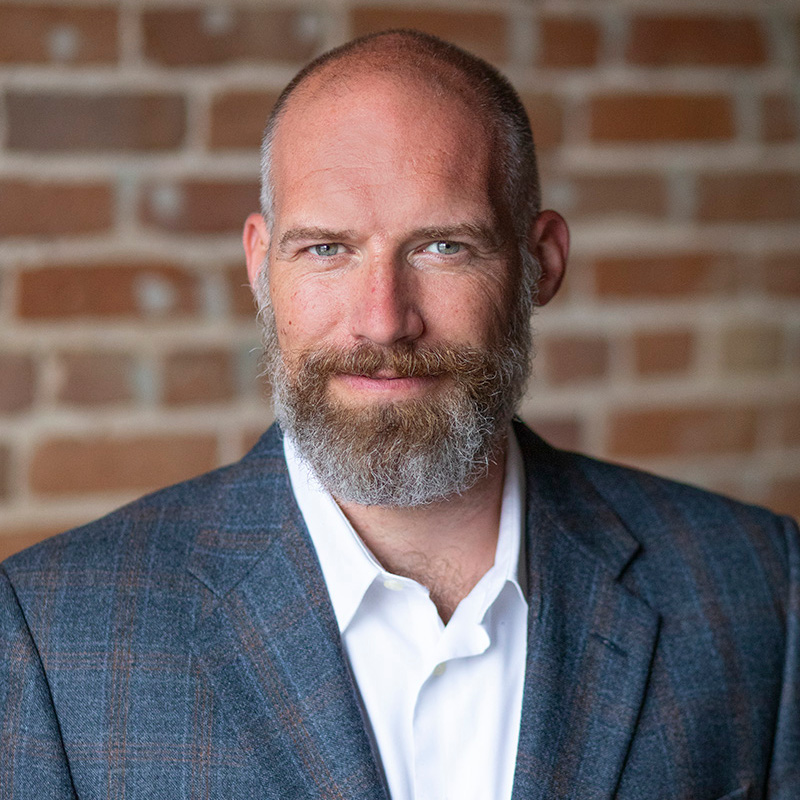[datacenter_tag_image]


I’ve visited San Francisco many times, and the city never fails to impress me. There’s something about the way it balances stunning, natural beauty with a fast-paced, forward-thinking energy. It’s one of those rare places where nature and innovation seem to live in harmony. So what better location to host @SF Climate Week, where I had the honor of joining a panel on one of the most urgent topics in our industry—how we power artificial intelligence (AI) in a climate-conscious world.
When we talk about AI and its relationship to energy, it’s a conversation that sits at the intersection of technology, sustainability, and the future of our planet. And while much of the public conversation around AI revolves around ethics, automation, and job disruption, there’s another, less visible concern rising just as fast: electricity.
As AI accelerates power demand, are we ready?
AI needs power. A lot of it. And we’re not yet equipped to deliver it at the speed and scale this moment in time demands, at least not in a way that aligns with our climate goals.
Let’s put things into perspective. In 2023, data centers accounted for around 4% of U.S. electricity use. The Department of Energy projects that could jump to as much as 12% by 2028, fueled largely by AI applications that range from training large language models to supporting next-gen autonomous systems.
This spike in demand puts enormous strain on our already-constrained grid infrastructure. In some regions, developers face multi-year delays just to get new capacity approved and connected. Meanwhile, data centers are under intense pressure to decarbonize. These forces are colliding in ways that create both friction and innovation.
And that brings us to the million-dollar question: How do we get power fast enough without losing sight of our climate responsibilities?
Speed to power: An opportunity or a challenge?
There’s no denying the urgency. AI is pushing data center development into overdrive, and many facilities are racing to secure power however they can. Unfortunately, that often means falling back on traditional diesel backup systems simply because they’re known, available, and fast. But herein lies the paradox: this urgency could either stifle innovation or be the very thing that accelerates it.
We’re at a turning point where the industry has an opportunity to rethink what “fast” and “flexible” power really looks like. Can we build at speed while still committing to long-term sustainability? Can we create new models that are modular, scalable, and clean—all while maintaining uptime?
The answer lies not in choosing one technology over another, but in reimagining how we leverage the solutions that we have access to right now.
Getting creative about power infrastructure
One of the themes that emerged from our panel was how urgently we need to embrace new approaches to securing reliable power. Grid interconnection delays can stretch 3 to 5 years or even up to 10 years in some regions. That’s simply incompatible with the growth trajectory we’re seeing from AI and hyperscale computing.
So what are forward-looking developers doing?
Some are layering their power strategy, using onsite generation to get up and running while they wait on long-term grid upgrades or renewable PPAs. Others are designing for flexibility, leveraging onsite and behind-the-meter systems that can eventually shift loads in real-time, respond to price signals, and even support the grid during times of stress.
And there’s growing interest in demand response and flexible integration, which enables data centers to act as dynamic, dispatchable loads instead of fixed consumers. It’s a model that requires precise coordination across utilities, grid operators, and developers, but the potential impact is huge.
Dispatchable capacity: The hidden superpower of data centers
Let’s unpack that idea of “dispatchability” for a moment, because it might just be the secret weapon in our evolving energy future. A dispatchable load is one that can adjust its energy use in response to real-time conditions on the grid. That might mean ramping down usage during peak demand hours or flipping to onsite generation when renewables are in short supply. This kind of flexibility can be a game-changer.
Data centers, if designed with this in mind, can become assets to the grid, not just burdens. They can help balance variable inputs from wind and solar, smooth out price volatility, and even help avoid blackouts in high-demand regions. We’re seeing growing interest in modular onsite systems that can support this vision. While diesel has been the go-to for decades, alternatives that emit less and deploy faster, like certain microgrids, are gaining traction.
The key isn’t to pick one winner, but to build a diversified portfolio: renewables for sustainability, clean baseload like nuclear or hydrogen where possible, and flexible systems that offer the resilience and responsiveness we need to fill in the gaps.
The future requires alignment, not just innovation
Here’s the part we can’t ignore: even the best technology won’t matter if we don’t fix the underlying coordination issues.
Developers, utilities, and policymakers need to start working from the same playbook. That means signaling load requirements earlier. Reforming permitting processes to reflect today’s urgency. And offering real incentives for flexibility and emissions performance, not just speed to connection.
It also means rethinking what “backup power” even means. In a world where grid capacity is no longer a given, backup solutions might need to step forward and take the lead. At least until the grid catches up.
Innovation, with urgency
As AI continues to drive unprecedented growth in power demand, it requires an all-of-the-above approach to finding viable solutions. It takes digital and physical solutions—including the very AI that needs to be powered—to scale clean and reliable power to meet the needs of AI-driven demand.
AI isn’t waiting. Neither is climate change. We’re standing at the intersection of two monumental shifts, and the choices we make now will echo for decades. What gives me hope is the momentum I saw at SF Climate Week. People aren’t just talking about the problems anymore; they’re rolling up their sleeves and building the solutions. It’s happening in boardrooms, in control rooms, and in policy meetings.
If we can match the urgency of AI’s rise with the same bold thinking in how we power it, we won’t just meet demand. We’ll create an energy future that’s smarter, cleaner, and more resilient for everyone.
This article was originally published on LinkedIn.